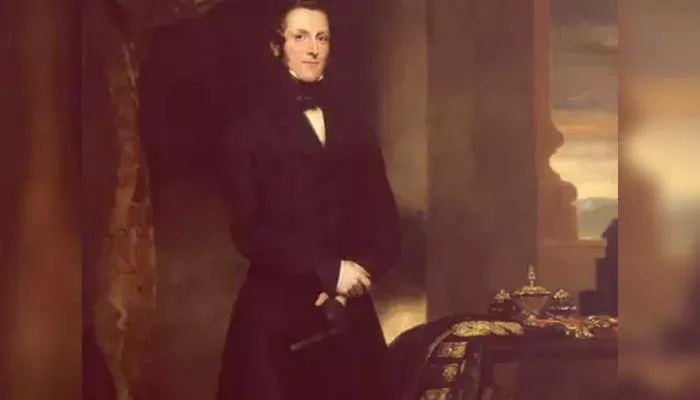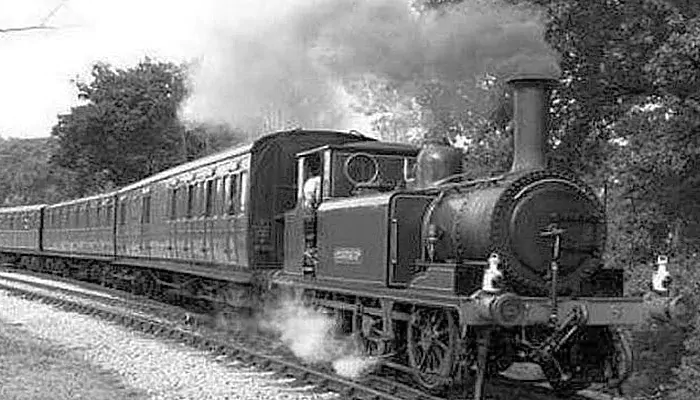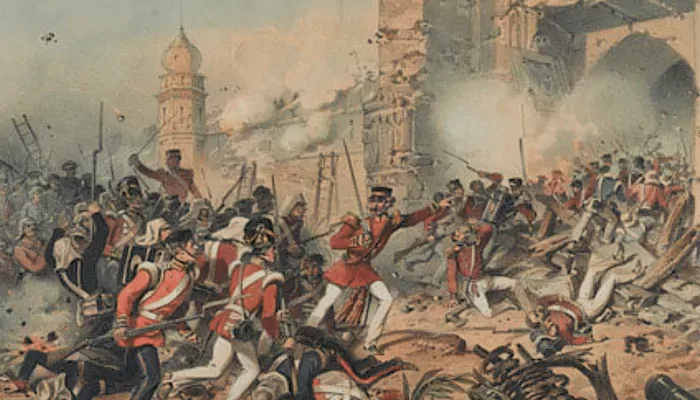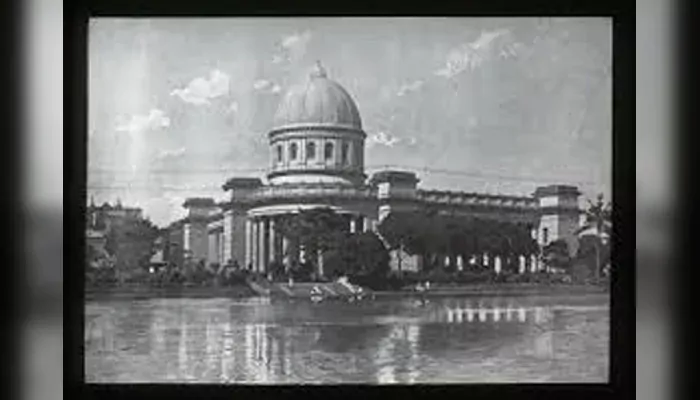
A key modernizer, he introduced essential infrastructure and educational reforms that laid the foundation for modern India
When Lord Dalhousie arrived in India as Governor-General in 1848, the British East India Company’s rule was administrative, but not yet transformative. Dalhousie changed that. He saw India not just as a colony to govern, but a vast land that needed to be connected—by tracks, wires, and ideas. His term, which ended in 1856, would go on to shape the very foundations of modern India.

The idea of a railway in India was floating around before Dalhousie. But he gave it life, direction, and a long-term vision. In 1853, India’s first passenger train ran from Bombay to Thane. It was just 34 kilometers—but symbolically, it stretched across history.
Dalhousie believed the railway would serve three primary purposes: facilitating military movement, providing administrative control, and promoting economic development. Under his Railway Minute of 1853, the government laid out plans for trunk routes connecting key regions. Private companies were encouraged to invest with guaranteed returns. By the time he left, over 1,000 kilometers of railway lines were under construction.

Alongside the railways came another leap—communication. Dalhousie pushed forward the electric telegraph. What began as experimental lines soon turned into a network. By 1854, Calcutta was linked to Bombay, Madras, and Lahore.
This wasn’t just about speed. For a vast country where distances often meant delays, the telegraph offered immediacy. Administrators could react quickly. News traveled faster than ever before. It played a vital role in governance—and later, in suppressing the 1857 Revolt.

Dalhousie also restructured the postal system, turning it into a people’s service. The 1854 Post Office Act standardized rates nationwide. No matter the distance, a letter costs half an anna.
This reform wasn’t just about efficiency. It was about access. He introduced uniform postage stamps and appointed a Director-General of Posts. The Indian postal system became one of the most affordable and widespread in the empire.
Education was close to Dalhousie’s reformist heart. When the famous Wood’s Despatch arrived in 1854, Dalhousie wasted no time. He implemented its recommendations swiftly.
Departments of Public Instruction were established in provinces. Vernacular schools were encouraged. Government support helped open colleges and train teachers. Most importantly, in 1857, three universities—Bombay, Madras, and Calcutta—were founded on the model of the University of London. For many, this marked the beginning of formal higher education in India.
Dalhousie also pushed for a central Public Works Department. Roads were built linking provinces and presidencies. He ordered the construction of the Upper Ganges Canal, which revolutionized irrigation in the north.
He recognized that roads, canals, and railways were not isolated projects—but parts of a single vision. He wanted an India that could move, connect, and grow.
While Dalhousie’s infrastructure reforms modernized India, his annexation policies stirred unrest. The Doctrine of Lapse, under which he annexed princely states without male heirs, created resentment. It sowed seeds of discontent that would later explode in the 1857 uprising.
Yet his contribution to modern India cannot be denied. His reforms impacted daily lives—whether it was a student entering university, a trader using the railway, or a farmer relying on postal money orders.
Lord Dalhousie left India in 1856, his health failing but his agenda largely fulfilled. He didn’t just govern. He reimagined India’s structure—from its rail tracks to its classrooms. His legacy still runs on the rails he laid, moves in the letters we send, and thrives in the universities he helped create.